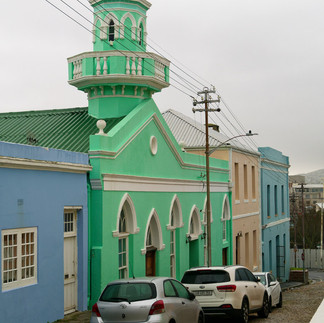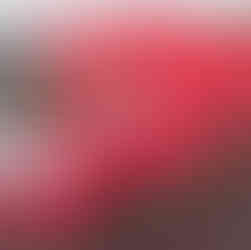Bo Kaap - Cape Town's Most Colourful Quarter
- Robin Nichols

- Aug 12, 2024
- 2 min read
Updated: Aug 28, 2024
BoKaap (which means 'above the cape' in Afrikaans) Cape Town's most colourful suburb, is the oldest surviving residential area in Cape Town. Also it contains the largest collection of pre-1850 architecture in South Africa. Today it's an eclectic mix of small shops, mini markets, an impressive spice market, a couple of restaurants and several art galleries, including one where everything displayed is made from recycled materials. People are drawn here mostly because of its colourful houses - we visited on a rainy day to take a Cape Malay cooking class.

In the ugly days of apartheid, the Cape Malays, as they were designated, attained slightly better living and social conditions than black Africans - today they are active in the promotion of their culture, their food and their identity. However Air B&B, greedy architects and state corruption are all a threat to this area as outsiders try to 'gentrify' the location - which gives rise to higher rents..
What's most noticeable in BoKaap are the pro-Palestinian slogans and posters that adorn many buildings in the area - these are a new addition to the streetscape.
Mother and Father-in-law Masala mix. We spent three hours learning how to cook samoosas, dhaaltjies, rooti and chicken curry (Afrikaans spelling). The recipes were not dissimilar to Indian food - but with a few twists. And then we had to eat our way out of the house! During the session there were several knocks on the front door which our host ignored, explaining that some of the local homeless people, who knew that the excess food from the class was going to be donated to a charity, were hoping to get in early! There are a lot of unemployed Africans in the city most of whom seem to lurk about at major traffic intersections begging. Very sad.












































Comments